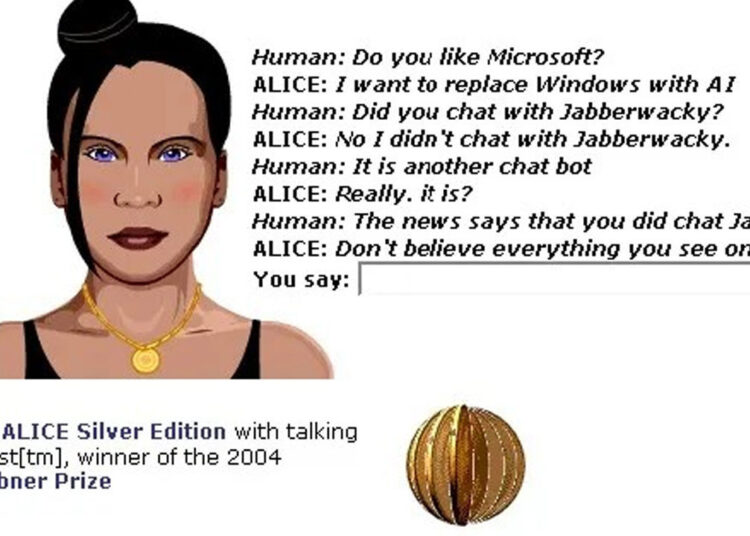Today, we are witnessing rapid advancements in artificial intelligence; however, the origins of chatbots are based on early experiments dating back a long history. Especially, A.L.I.C.E. (Alice), which emerged in 1995, was a simple natural language chat tool that pushed the technological boundaries of that time but was quite basic compared to today’s standards.
The working principle of Alice was based on understanding the input expression from the user and finding appropriate patterns in its database to generate responses. This process occurred thanks to a method called intuitive pattern matching, and unlike current AI systems, it did not use deep learning or complex models. Alice was designed within the AIML (Artificial Linguistic Internet Computer Entity) framework developed by Richard Wallace; thus, it provided a foundational structure for other developers.
As a chat companion, Alice aimed to interact by asking questions about the user’s age, hobbies, and interests, especially targeting a young female user. Over time, it gained popularity and achieved success in the Loebner Prize in 2000, 2001, and 2004. These successes resonated in popular culture as well; Alice was cited as an inspiration for Spike Jonze’s 2016 film “Her”.
Today, Alice is no longer actively used; primarily because it required a special AIML interpreter for operation, and modern AI infrastructures can overcome these limitations. Nevertheless, Alice’s impact played a defining role in the emergence of today’s online chatbots. Its open-source code is still accessible on Richard Wallace’s GitHub page.









